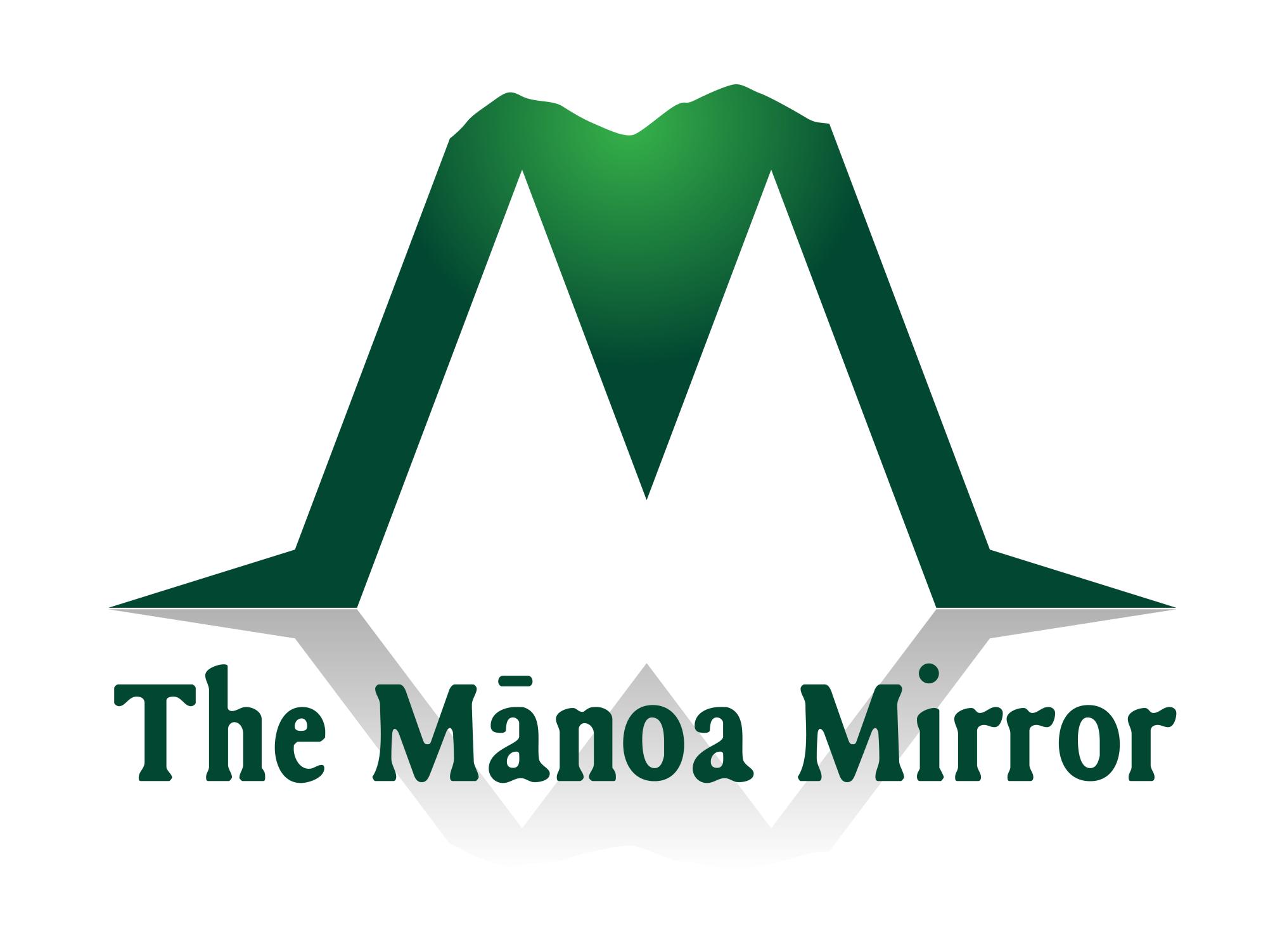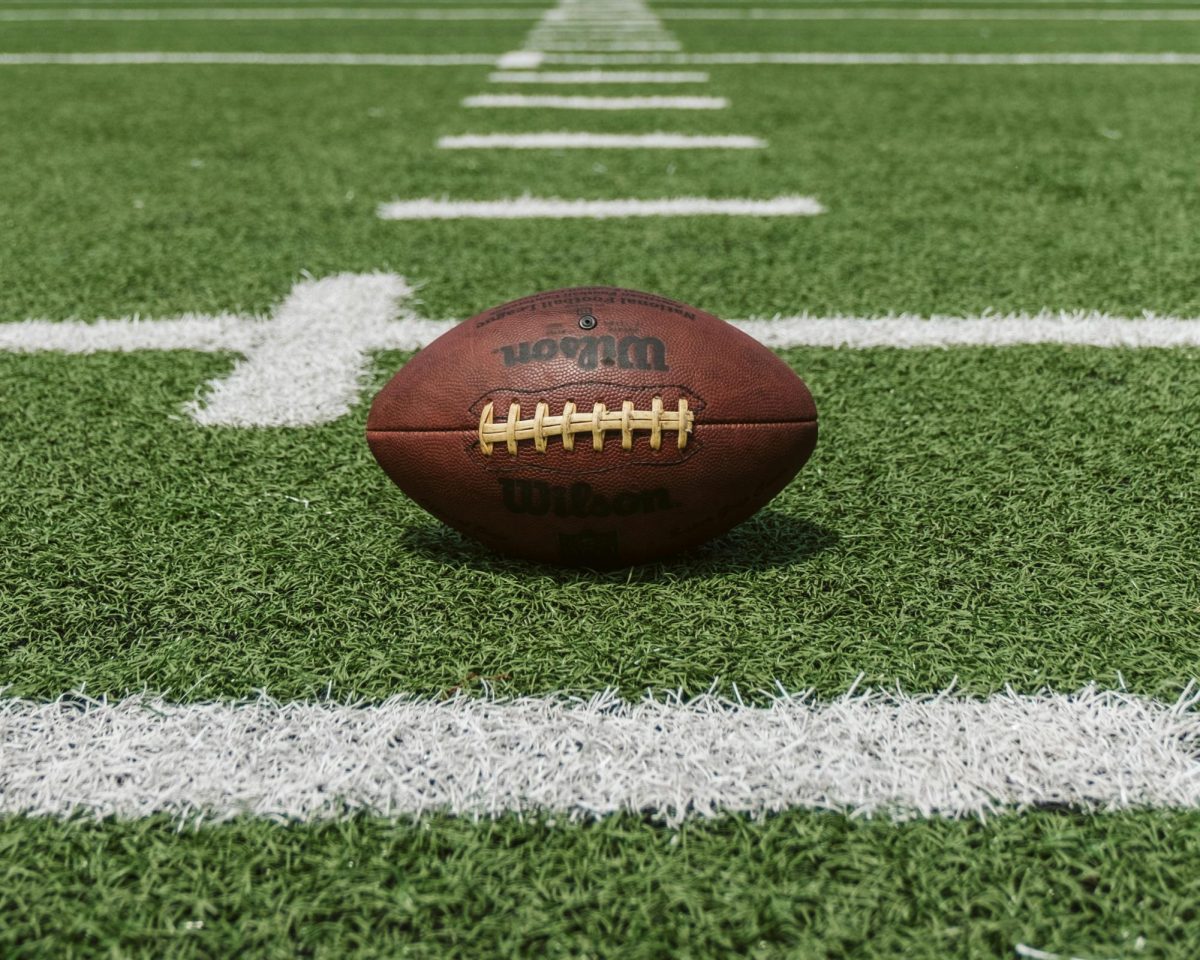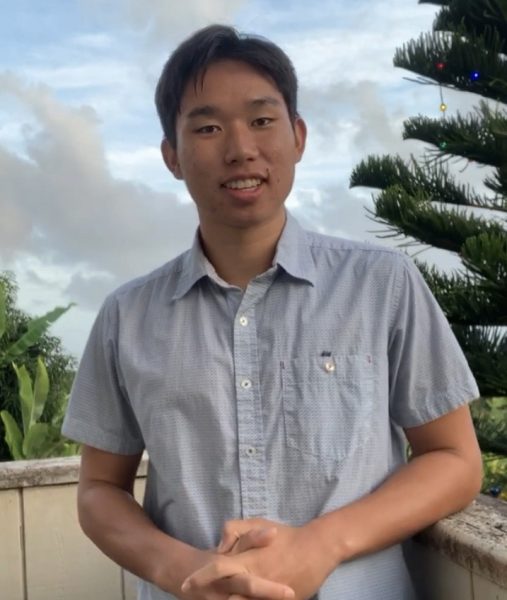The original Aloha Stadium was closed in 2020, forcing the UH football team to its on-campus field at the Clarence T.C. Ching Athletic Complex. Keith Amemiya, Gov. Josh Green’s Sports Task Force chair, and UH Athletic Director Craig Angelos want a bigger football stadium but have different thoughts on what would be ideal. Angelos would prefer an on-campus stadium. Amemiya supports the New Aloha Stadium Entertainment District (NASED) community project to open in 2028.
Amemiya wants the Aloha Stadium rebuilt at its present site in Halawa, which is in line with what was determined by state planners several years ago. Amemiya previously served as the executive director of the Hawaii High School Athletic Association from 1998 to 2010 and is a former board member of the Aloha Stadium Authority.
“I support a district that has a stadium that is designed to host a variety of events,” Amemiya said. “Not just (for) UH football, but high school football, rugby, soccer, and concerts.”
The New Aloha Stadium Entertainment District will have housing, retail space, and a multipurpose stadium, according to NASED’s website. Amemiya hopes that private investment in NASED will create jobs, help the economy and support Rainbow Warrior football.
The ‘Bows’ temporary home at the T.C. Ching Athletic Complex has 15,000 seats, according to the University of Hawaii website. The latest plans for the new Aloha Stadium call for 25,000 seats.
“It will likely be a much better environment to play in than at Ching Field. Ching Field is more or less a high school type field, with high school bleachers,” Amemiya said. “So it is not an appropriate environment in the long term for a Division I football program.”
The New Aloha Stadium Entertainment District could be an exciting place on gameday. Adding restaurants and bars to the area could be interesting and this district is also expected to attract locals and visitors throughout the year.
Amemiya supports fully developing the 98-acre area to enhance the mood and excite fans. Creating a community like that takes a lot of work and financial investment, but Amemiya hopes it will have significant economic benefits.
“AT&T Park…was an old abandoned warehouse area before the San Francisco Giants Stadium was built, now it’s bustling with activity with restaurants and bars and shops,” Amemiya said.
The plan creates 99-year leases for companies that build within NASED.
When Gov. Josh Green took office in December 2022, he pledged support for the stadium project under the condition that it include housing development and that plans be revised so that private partners assume financial risk beyond the $400 million appropriated by the state legislature.
Private developers will also build, operate, and maintain the stadium. In return, the private partner will be allowed to develop the district beyond the stadium.
“This project needs to be carefully planned out to make sure we don’t make the same mistakes that have been made with other large projects like the rail,” Amemiya said, referring to the project that has cost taxpayers $10 billion.
Craig Angelos, the UH athletic director who is in his first year on the job, acknowledges the on-campus field at Clarence T.C. Ching Athletic Complex is UH football’s temporary home. But he wants to make improvements to the facility.
“That’s eight seasons in this little thing, which kills recruitment, it kills everything else,” said Angelos, who was athletic director at Florida Atlantic when that school built a 30,000-seat stadium that opened in 2011.
Angelos would prefer to play in Manoa if it were practical. He said almost all major NCAA Division football programs play on or very close to campus. It increases student engagement and attracts future student-athletes, Angelos said.
“The high school kids come on and look around and if done right they’re like, ‘This is great’ … there’s that familiarity. The students are here (on campus). It’s easy for them to get up and walk down the hill… so from an engagement standpoint, it’s a lot better,” Angelos said.
“Urban universities serving a highly commuter-student population often struggle to draw student fans to athletic events,” according to a 2016 article in Journal of Issues in Intercollegiate Athletics
In 2022, about 3,800 students lived on campus at the University of Nevada Reno, and UH Manoa, according to US News and World Report.
In 2023, average attendance at Nevada’s on-campus stadium was 16,998, according to UNR Athletics. Nevada’s Mackay Stadium seats 30,000. UH’s 15,000-seat Ching Complex averaged 11,251 fans per game over the same period.
The UH athletic director said he will continue giving students free food and gear at games. Pregame concerts have improved UH’s gameday experience and brought more fans to football games. This may improve attendance, including after the new stadium is built 10 miles from campus at the site of the original Aloha Stadium in Halawa.
Angelos could rent buses for students who want to watch the ‘Bows, which has been done in the past with mixed results. He also did that when he was associate athletic director at Temple. The Owls played their home games at Lincoln Financial Field, the home of the Philadelphia Eagles and 7.5 miles from campus.
Until then, the athletic director said he would expand the Clarence T.C. Ching Athletic Complex. He wants to build the UH football program, not an entertainment district.
“I think we have to have Plan B,” Angelos said. “We gotta be able to see if we can build, take down the current existing tinker toy set that we have put up there, which is designed to be temporary, and take that down and build up more of a permanent structure.”
UH paid rent and operating expenses at the old Aloha Stadium, the AD said.
“(When) you play on campus you don’t have those kinds of expenses and you keep the revenues,” Angelos said. “From a financial standpoint it’s a lot better.
Pregame entertainment can help the ‘Bows sell out a new 25,000-seat Aloha Stadium. In 2019, UH’s season record was 10-5. Pregame tailgate parties brought fans to Aloha Stadium but attendance declined that year, according to the UH athletics website.
In 2018 average attendance at Aloha Stadium was 25,682 at the 50,000-seat facility. In 2019, average attendance fell to 23,454, according to the UH athletics website.
Pregame events can increase consumer spending and fund UH and NASED.
NASED can help UH recruit football players and attract corporate sponsors, Angelos said. Athletes on NIL deals can use the area for their advertising campaigns. Together, they can inspire young athletes to play for the University of Hawaii.
Amemiya wants NASED to ensure economic growth for the new neighborhood. He wants the district to create jobs, entertainment opportunities, and support for UH football. His primary goal is to create an area that has a large social and economic impact on the future of Hawaii.
It will take years of work and a shared plan, but Amemiya and Angelos can help UH football and the New Aloha Stadium Entertainment District. They agree on a lot. If they succeed, more fans will support the Rainbow Warriors and businesses and housing will be developed.










Gonzo • Sep 26, 2024 at 5:49 am
“The University of Hawaii is pitching a $165-million Aloha Stadium replacement that will be built as much for soccer as for college football.”
soccerstadiumdigest 7/10/2014
So they’ve been talking about this for 10 years so far with nothing accomplished for the millions spent on studies, “planning,” etc. Maybe they’ll go for the Natatorium’s record? 45 years and counting with nothing accomplished.